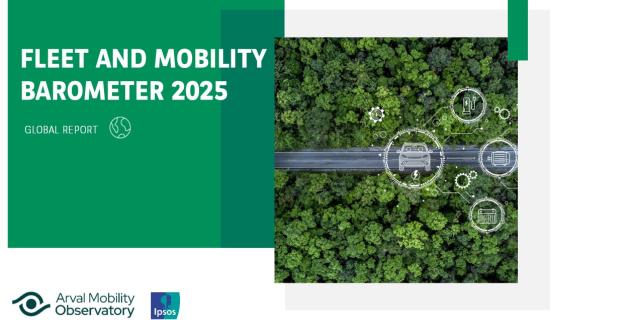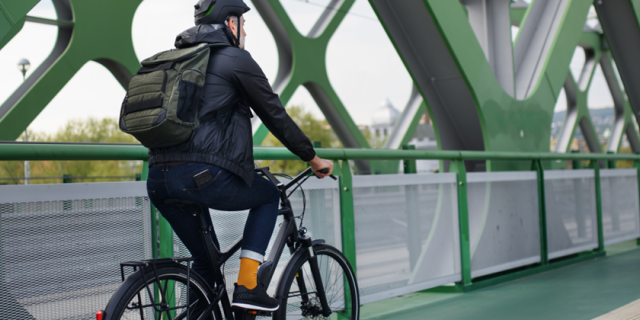The last mile logistics: reinventing the supply chain
Paris, 10th of July 2020
“The last mile” is a term usually used to describe the final link in the supply chain – when an order makes its way from the distribution centre or a retail location to the end consumer.
Recent global trends, like low transport emissions and the e-commerce boom, have brought last mile logistics to the brink of disruption.
Before the proliferation of e-commerce, the supply chain for most items often ended at the retail space where the end user would travel for their purchase.
Nowadays, food, shopping and other delivery services are the norm, and for some goods, the "last mile" is the "only mile" they will travel to reach the end consumer.
Shopify, a giant of e-commerce platforms, estimates that the global e-commerce market will reach over €3 Trillion in 2019, and over €4 Trillion in 2021. Last mile logistics are a big part of this e-commerce revolution and can make up over one-quarter of the total cost of a shipment. Disruptions in the last mile can destroy business-models.
So what is this disruptive change that the last mile is facing?
Urban areas worldwide are under immense pressure from things like traffic congestion, air pollution and a push for cleaner transport. City governments are therefore creating low emission zones, implementing vehicle entry and parking restrictions, and increasing the cost of parking.
But much of today's last mile logistics is done via vans. These are mostly diesel powered, large, take time to unload, and can therefore congest streets and the air. While supporters of these vehicles claim this is the most efficient and economically viable method of last-mile deliveries, a recent Dutch study has found that vans haul, on average, only 130kg per trip, out of available 350-750kg.
It’s no surprise that many cities are exerting pressure onto logistics providers to enable new solutions, with industry veterans and aspiring players working hard to innovate.
OEMs already consider the last mile delivery in their products strategy, with some focusing on building dedicated electric vans that can be modified to various specifications. Even veteran automakers are bringing out e-versions of their best-selling vans that can easily accommodate the 350-750kg loads for urban deliveries.
Some logistics companies are even asking their network of delivery partners to switch from internal-combustion vehicles to electric solutions. If every company did this, it would bring a
real progress, but could also disrupt existing business models. Is the range of vehicles available sufficient, or diversified enough?
And what about the smaller hauls, with less than 350kg?
The rise of e-commerce and the promise of autonomous vehicles can bring smiles to the futurists among us.
An electric, fully autonomous van making a stop and releasing a few delivery drones to land on our porches to deliver a few things we bought online just an hour ago - this is one vision of the future. Not every urban area will enable such solutions, which means that a variety of options will have to be developed.
As e-commerce penetrates more and more of the market, robot-enabled delivery may become necessary to keep costs down and supply up.
Autonomous drones and low-speed robots will drop reliance on the most expensive element of any logistics service - the driver. A report by KPMG expects the total delivery cost via a single-package vehicle "to plunge to between 4 and 7 cents per mile".
But that is the future; drones are yet to be allowed in cities, and full autonomy is still not ready for prime time. So what can last mile providers do today?
Electric scooters and electric light commercial vehicles are part of the solution.
Just perhaps, electric cargo bikes could be for you! They have been heralded as the best urban last mile solution in many cities around the world, including London and Amsterdam. These pedal-assisted bikes can carry passengers and freight, some even up to 350kg. They can be unloaded in minutes and do not require parking spaces, which are at a premium in most urban areas.
Cargo bikes are not futuristic, non-autonomous and require a rider, but they are sturdy, manoeuvrable, much cheaper to purchase and operate than most last-mile-enabling transport.
Countries like the UK and Germany have subsidies for those wanting to purchase cargo bikes for commercial use, with the UK government covering up to 20% of the bike.
Electric cargo bikes are clean, relatively cheap and much faster in urban environments than vans and other bulk-delivery vehicles.
With this clean, fast and friendly solutions already here, perhaps we can wait for the drones and robots to mature a while longer.













